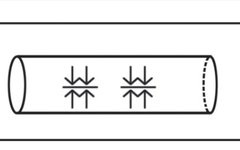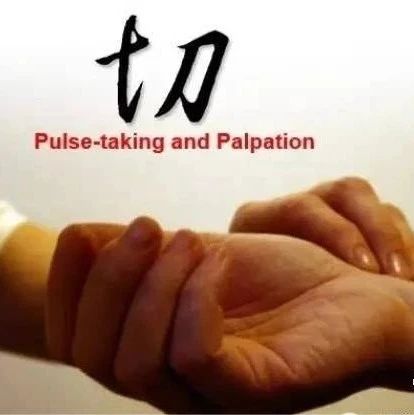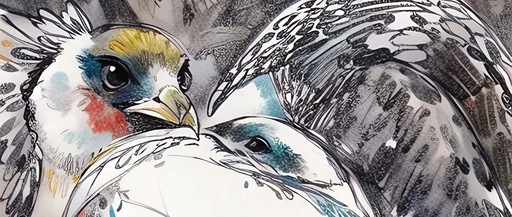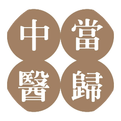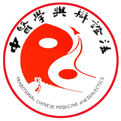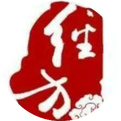Understanding the Xian Pulse in Traditional Chinese Medicine
The Xian Mai (Xian Pulse) is the most common and representative pulse type in clinical practice, characterized by its variability. It resembles a taut string, indicating tension, tightness, contraction, and a lack of softness and fluctuation. It can be seen in both cold and heat conditions, as well as in cases of liver and kidney … Read more

